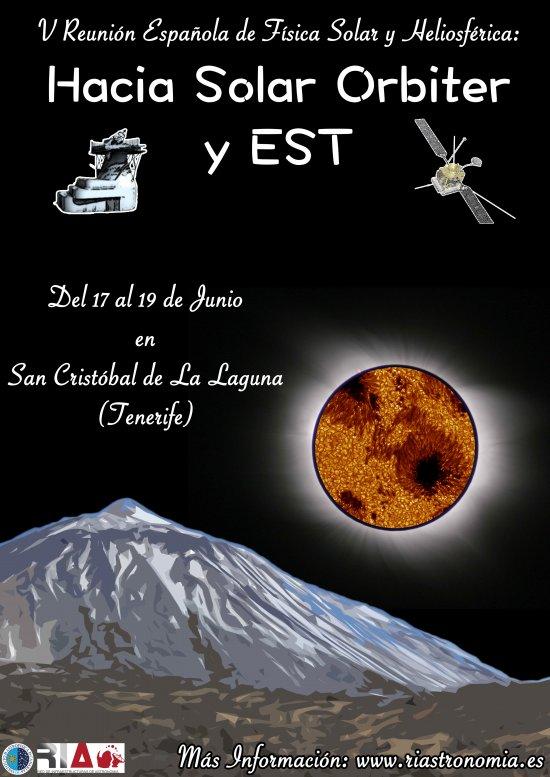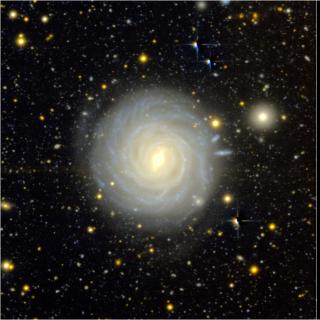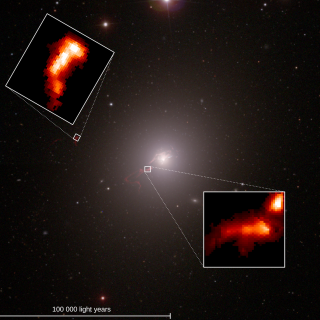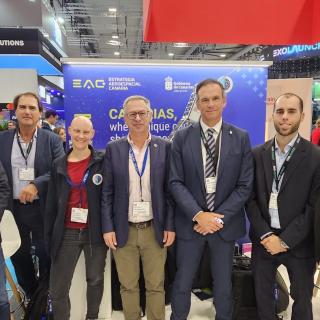The network of astronomical infrastructures (RIA) and the Astrophysics Institute of the Canaries (IAC) are organizing the V Spanish Meeting on Solar and Heliospheric Physics which will take place in the Casa-Albar, La Laguna, (Tenerife) from 17th to 19th June 2015. The aim of the meeting is to consolidate and augment the contacts and collaborations between the various Spanish groups which work in the different branches of research in Solar and Heliospheric Physics, above all to optimize the use of the two solar infrastructures of the coming years in which the Spanish scientific community will take part: Solar Orbiter and EST.
The NASA/ESA Solar Orbiter space probe is unique because it will carry the first combination of instruments for measuring both locally and remotely which will orbit the Sun with a perihelion close to the radius of the orbit of Mercury (0.29 astronomical units) and rising form the plane of the ecliptic by 28 degrees.
The Spanish scientific community is strongly and directly involved in the development of this mission: it participates in, and leads, the development of two of its instruments the EPD detector (Energetic Particle Detector), and the SO/PHI magnetograph (Polarimetric and Helioseismic Imager for Solar Orbiter). The launch date for the mission is planned for 2018 and the probe will start to send back data three years later, once it reaches the correct orbit. The nominal duration of the mission is three years (until 2024), with three additional years in an extended phase (until 2027).
The EST is at the present time the most ambitious European ground-based project. It will be a telescope with 4m diameter, designed specifically to measure the solar photospheric and chromospheric magnetic fields with high precision, with a resolution on the solar surface of 30 km. From the beginning Spain has played an important role in this initiative, presiding the consortium since its creation towards the end of 2012, and in the development of the EST (coordinating the European projects EST, SOLARNET, and the recently approved project GREST). According to present plans the construction of the EST will start around 2020 and it will start to yield data around 2026, with its instruments initially in the science verification phase.
Independently of the clear specific scientific interest of both infrastructures, the aim of the meeting is to stimulate discussion in the Spanish community about their joint use in order to optimize the science yield. Of particular interest are questions such as stereoscopic observations of the photospheric magnetic field, which will be possible thanks to simultaneous measurements from space and from the ground which give different perspectives, its relation to the chromospheric magnetic field (measured from the ground), the properties of the flares, and of the activation of filaments and prominences (measured from the ground), and their relation to the energetic particles detected, the fluctuations in the heliospheric magnetic field (from space) and the measured perturbations in the terrestrial environment.
All of these topics make the upcoming meeting of the Spanish Solar and Heliospheric Physics Community (edition V), whose aim is to be prepared for the scientific exploitation of Solar Orbiter and the EST.
During the afternoon of Thursday 18th the participants in this meeting will visit the historic centre of La Laguna and the exhibition “Lights of the Universe” organized to celebrate 30 years of the Canary Island Observatories, and in which they will see a recent video produced b y the IAC showing how Solar Physics research is carried out here. On Saturday 20th they will visit the Teide Observatory.
Scientific Committee:
Angels Aran (Universidad de Barcelona)
Andrés Asensio Ramos (Instituto de Astrofísica de Canarias)
Juan Manuel Borrero (Kiepenheuer Institut für Sonnenphysik)
Consuelo Cid (Universidad de Alcalá)
Elena Khomenko (Instituto de Astrofísica de Canarias)
José Manuel Vaquero (Universidad de Extremadura)
Further information:
CONTACTS:
- Manuel Collados: mcv [at] iac.es (mcv[at]iac[dot]es) , 922605464
- Andrés Asensio Ramos: aasensio [at] iac.es (aasensio[at]iac[dot]es) , 922605417
- Elena Khomenko: khomenko [at] iac.es (khomenko[at]iac[dot]es) , 922605319



